
Asclepias physocarpa - Plant
(MRP Inclusive of all taxes)
- Shipping ₹79 for entire order
- Dispatch in 7 days
- Country of origin: India

(MRP Inclusive of all taxes)
 Save 29%
Save 29%
Air Purifier Money Plant with Pot The Air Purifier Money Plant, also known as Pothos or Epipremnum aureum, is a stunning indoor plant that...
View full details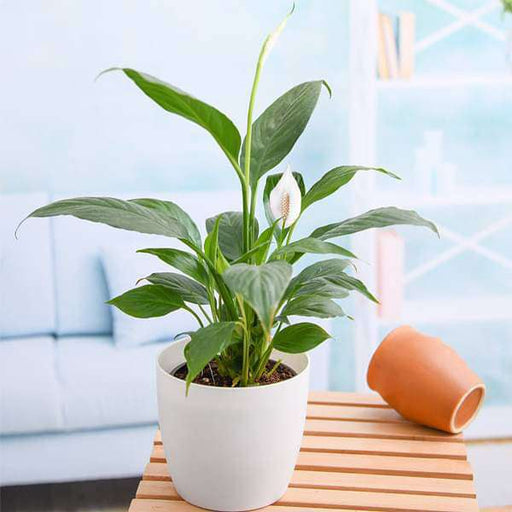
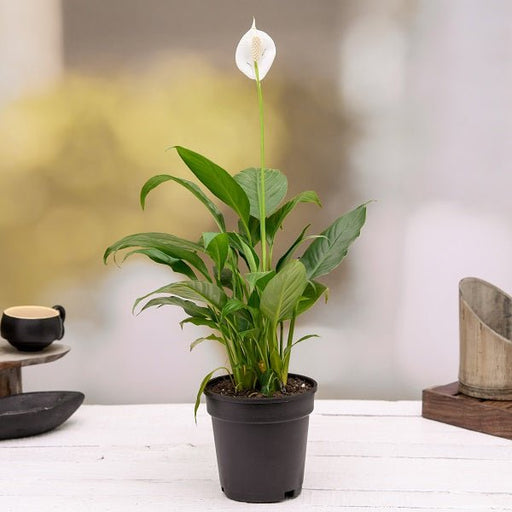 Save up to 15%
Save up to 15%
Peace Lily, Spathiphyllum - Plant The Peace Lily, scientifically known as Spathiphyllum, is a stunning houseplant celebrated for its elegant white...
View full details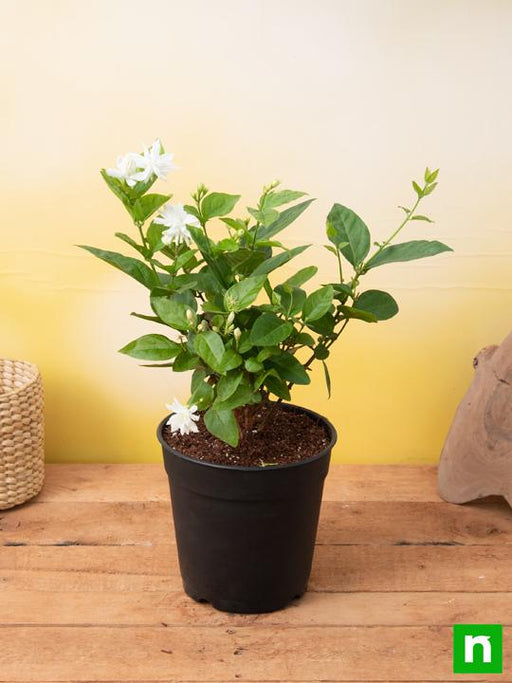
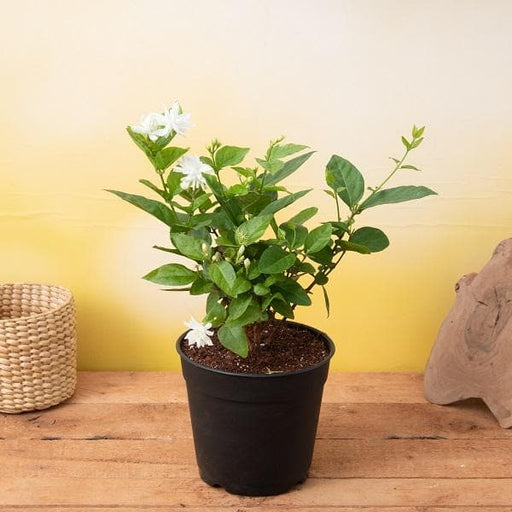 Save 25%
Save 25%
Jasminum sambac, Mogra, Arabian Jasmine - Plant Jasminum sambac, commonly known as Mogra or Arabian Jasmine, is a fragrant flowering plant...
View full details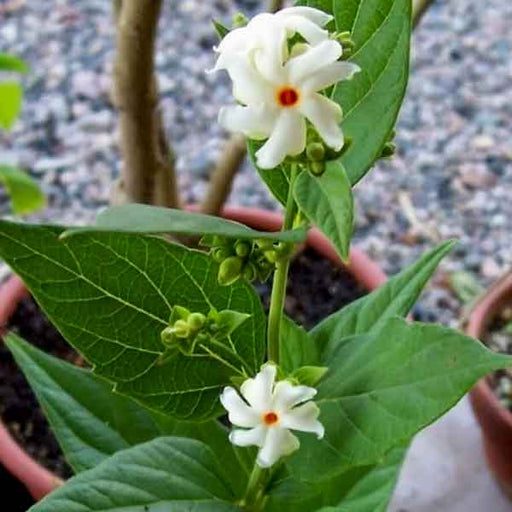
 Save 18%
Save 18%
Combo Constituents Includes the Parijat Tree (Night-Flowering Jasmine), a culturally significant plant with fragrant flowers. Description The Pari...
View full details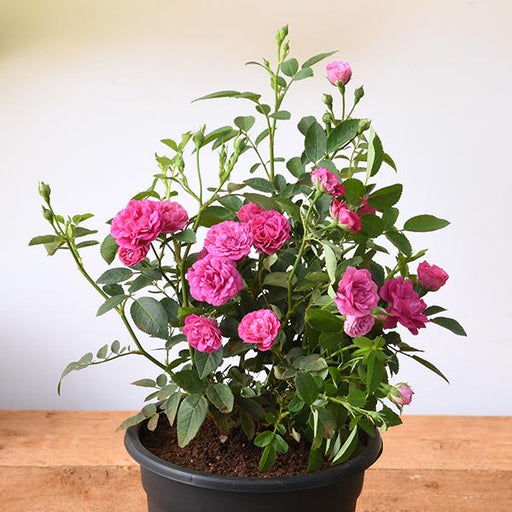
 Save 25%
Save 25%
Miniature Rose, Button Rose (Any Color) - Plant The Miniature Rose, also known as the Button Rose, is a charming and compact flowering plant that ...
View full details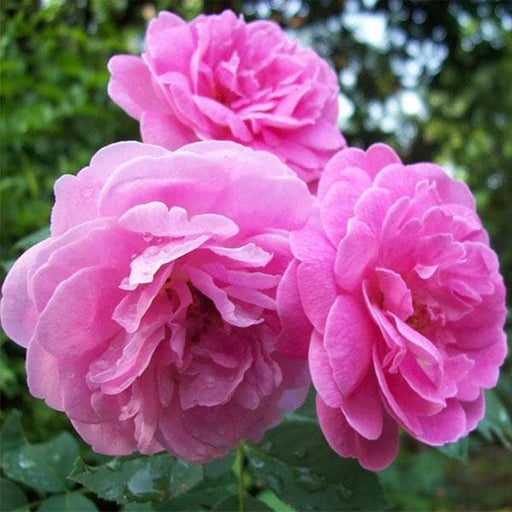 Save 25%
Save 25%
Damascus Rose, Scented Rose (Any Color) - Plant The Damascus Rose, also known as Rosa damascena, is a timeless symbol of beauty and romanc...
View full details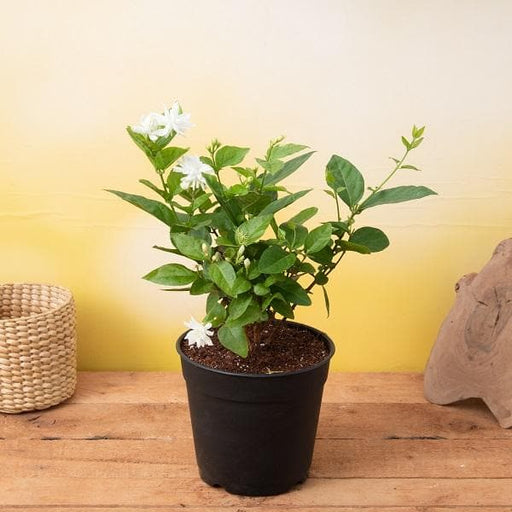
 Save 17%
Save 17%
Beautiful Fragrant Mogra, Arabian Jasmine Plant with Pot The Beautiful Fragrant Mogra, also known as Arabian Jasmine (Jasminum sambac), is...
View full details Save 15%
Save 15%
Pack of Vermicompost and Neem Cake for House Plants Transform your indoor garden with our premium Pack of Vermicompost and Neem Cake, spec...
View full details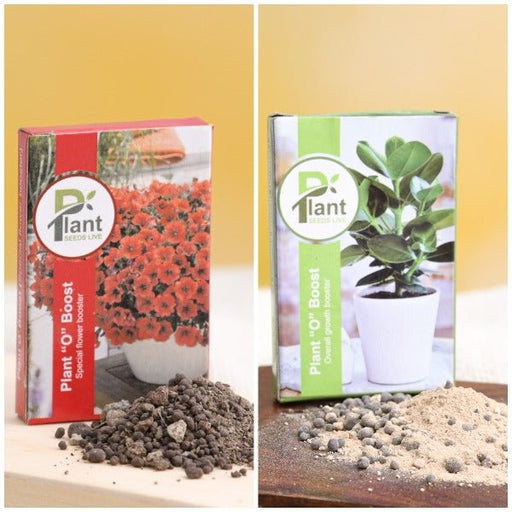
Pack of Plant Growth and Flower Boosters Unlock the full potential of your garden with our Pack of Plant Growth and Flower Boosters! This ...
View full details Save 38%
Save 38%
Combo of Jeevamrut and Neem Raksha for Easy Growth and Protection of Houseplants Transform your indoor garden with our exclusive combo of ...
View full details Save 22%
Save 22%
Plant Nutrients Kit (Pack of 16) for a Healthy Garden Transform your garden into a lush paradise with our Plant Nutrients Kit, featuring 1...
View full details Save 16%
Save 16%
Combo of Top Plant Fertilizers Elevate your gardening game with our exclusive Combo of Top Plant Fertilizers, featuring two bags of premiu...
View full details Save 24%
Save 24%
Pack of 4 Additives to Make Soil Healthy and Nutrient Rich Transform your garden into a thriving ecosystem with our Pack of 4 Additives de...
View full details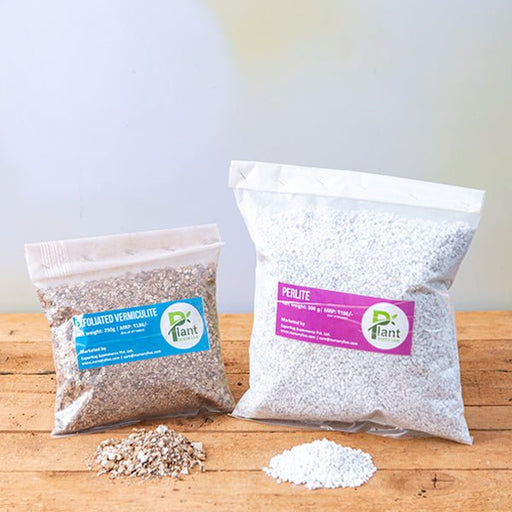 Save 30%
Save 30%
Transform your gardening experience with our premium Combo of Perlite and Vermiculite. This unique blend is designed to enhance soil aeration and ...
View full details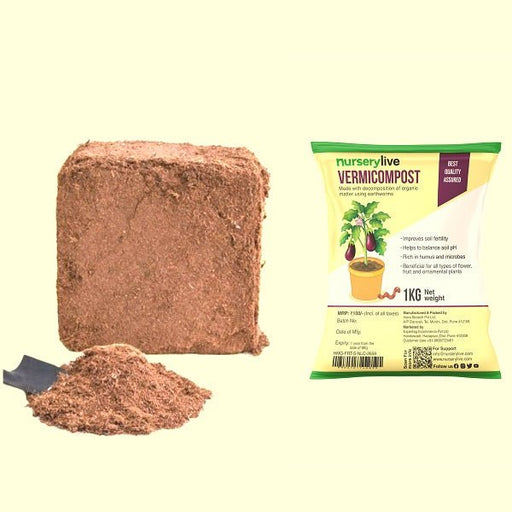 Save 27%
Save 27%
Combo of 2 Vermicompost and Cocopeat - Enrich Your Soil Naturally! Transform your garden into a thriving ecosystem with our Combo of 2 Ver...
View full details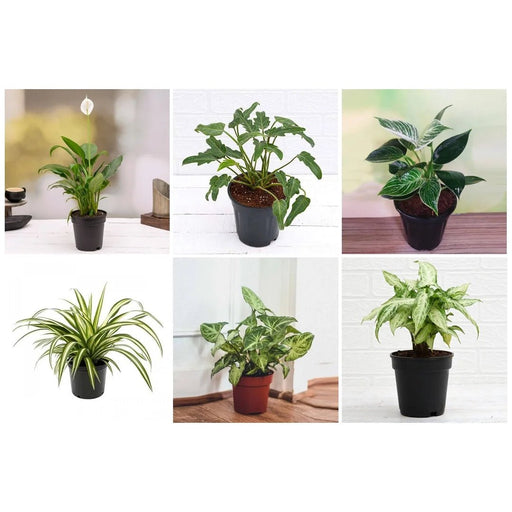
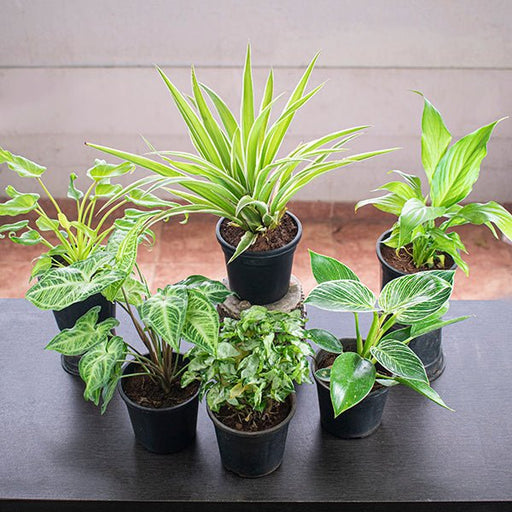 Save 35%
Save 35%
Best 6 Plants for Perfect Indoor Garden Transform your living space into a lush oasis with our curated collection of the Best 6 Plants for a...
View full details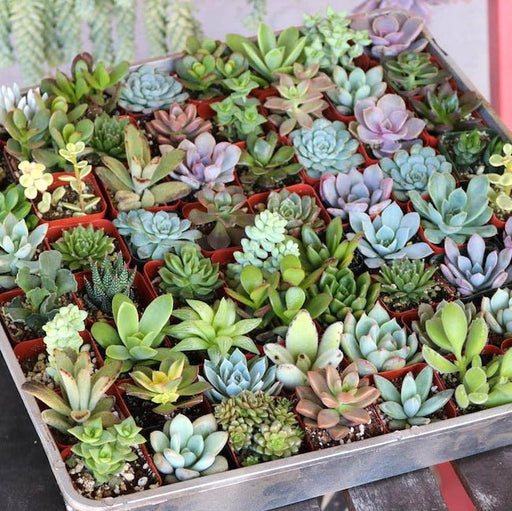
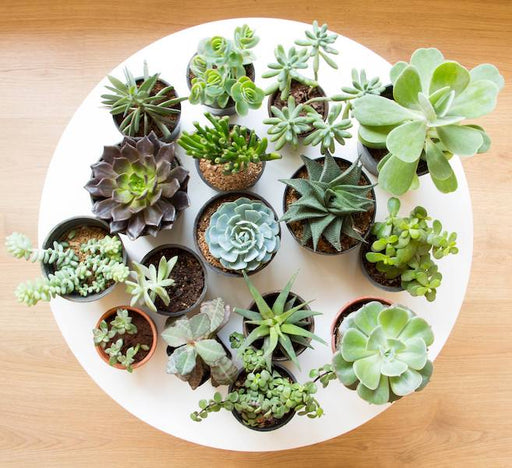 Save up to 50%
Save up to 50%
Mini Succulent Garden Pack Transform your space with our Mini Succulent Garden Pack, featuring a delightful collection of 4 any variety beautiful s...
View full details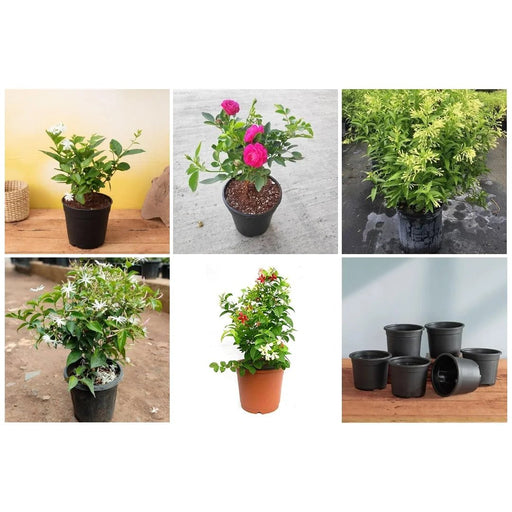
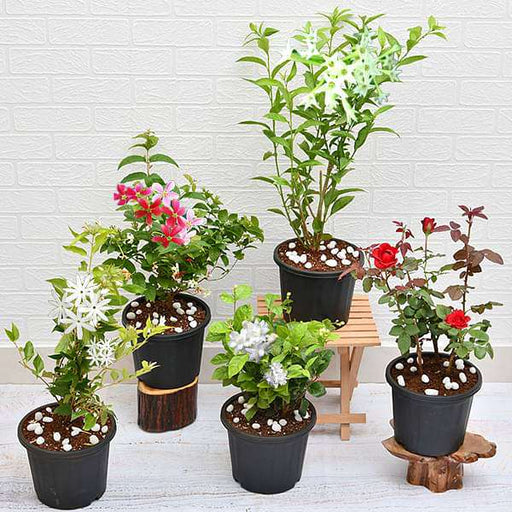 Save 30%
Save 30%
5 Best Fragrant Plants Transform your garden or indoor space into a fragrant paradise with our curated selection of the 5 Best Fragrant Plants. Th...
View full details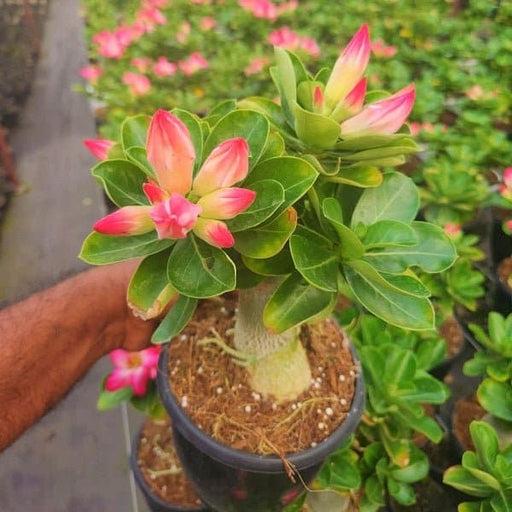
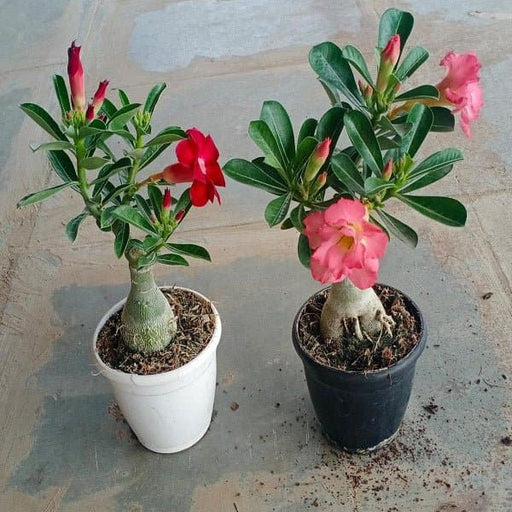 Save 24%
Save 24%
Set of 2 Bonsai Looking Grafted Adeniums Transform your indoor or outdoor space with our exquisite Set of 2 Bonsai Looking Grafted Adenium...
View full details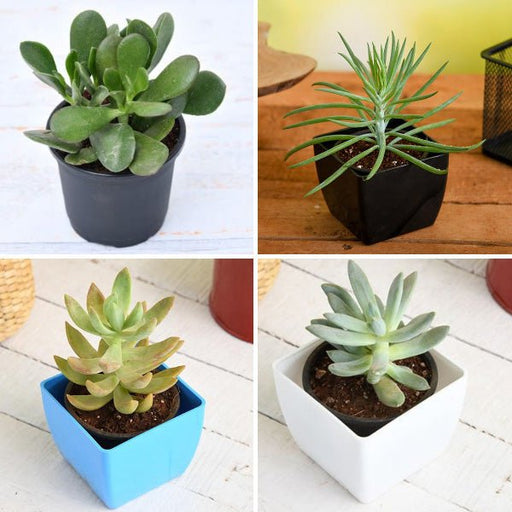 Save 45%
Save 45%
Top 4 Die Hard Succulents Pack Transform your indoor or outdoor space with our Top 4 Die Hard Succulents Pack, featuring a curated selecti...
View full details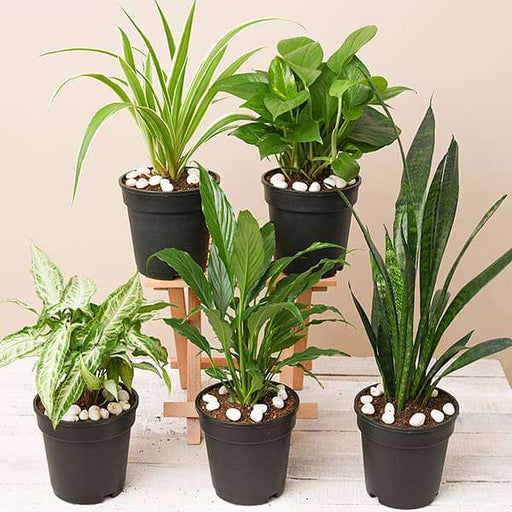
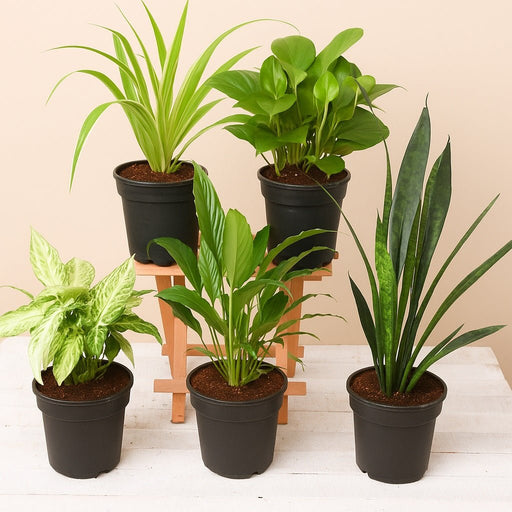 Save 30%
Save 30%
5 Best Indoor Plants Pack Transform your living space into a lush oasis with our '5 Best Indoor Plants Pack.' This carefully curated collection fe...
View full details
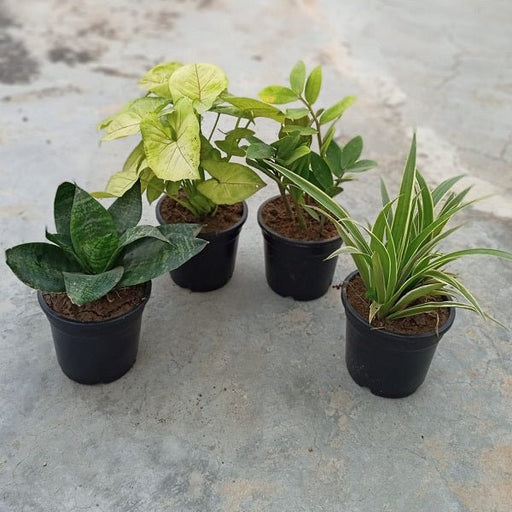 Save 25%
Save 25%
Set of 4 Evergreen Air Purifier Plant Pack Transform your indoor space into a lush, green oasis with our Set of 4 Evergreen Air Purifier Pla...
View full details| SrNo | Item Name |
|---|---|
| 1 | Asclepias physocarpa - Plant |
Asclepias physocarpa, commonly known as the Balloon Plant, is a striking perennial native to Africa and parts of Asia. This fascinating plant is renowned for its unique, balloon-like seed pods that add an intriguing visual element to any garden. With its lush green foliage and clusters of fragrant, star-shaped flowers, the Balloon Plant not only enhances your landscape but also attracts a variety of pollinators, including butterflies and bees.
What makes Asclepias physocarpa special is its role in supporting local ecosystems. As a member of the milkweed family, it serves as a crucial food source for monarch caterpillars, contributing to the conservation of this iconic butterfly species. Its ability to thrive in various soil types and conditions makes it a resilient choice for gardeners looking to promote biodiversity.
The Balloon Plant's most distinctive feature is its inflated seed pods, which resemble small balloons. These pods not only provide visual interest but also serve as a natural means of seed dispersal. When mature, they burst open, releasing seeds that can easily take root in the surrounding area, ensuring the plant's continued presence in your garden.
Asclepias physocarpa plays a vital role in supporting local wildlife, particularly pollinators. By planting this species, you contribute to the preservation of monarch butterflies and other beneficial insects, promoting a healthier ecosystem. Its adaptability to different soil types and conditions also makes it an excellent choice for sustainable gardening practices.
If you’re looking for a plant that’s not just a pretty face, Asclepias physocarpa, also known as the balloon plant, is your go-to green companion. This botanical wonder is a magnet for pollinators, making your garden the hottest spot in town for bees and butterflies. Plus, it’s a natural pest repellent, so you can say goodbye to those pesky critters. With its unique balloon-like seed pods, it’s like nature’s own party favor. Not only does it add a whimsical touch to your landscape, but it also contributes to biodiversity. Who knew that planting a tree could be a win-win for you and Mother Nature?
Caring for Asclepias physocarpa is like nurturing a diva—she demands attention but rewards you handsomely. This plant thrives in well-drained soil and loves a sunny spot, so make sure to give her the spotlight she craves. Watering? Keep it moderate; she doesn’t want to drown in compliments. Pruning is essential to keep her looking fabulous, so don’t be shy about snipping away those dead leaves. And remember, she’s a perennial star, returning year after year to grace your garden with her presence. Treat her right, and she’ll reward you with a stunning display of flowers and a plethora of pollinators.
Propagating Asclepias physocarpa is like playing matchmaker in the plant world. You can start from seeds or cuttings, but seeds are the way to go if you want to see the magic unfold. Just plant them in spring, give them some warmth, and watch as they sprout into life. If you’re feeling adventurous, try dividing established plants in the fall. It’s like giving your plant a sibling! Just remember, patience is key; good things come to those who wait. Soon enough, you’ll have a thriving colony of balloon plants, ready to take your garden to the next level.
Asclepias physocarpa is a true globetrotter, thriving in a variety of habitats. From wetlands to prairies, this plant is like the ultimate nature enthusiast, adapting to different environments with ease. It loves full sun and can tolerate a range of soil types, making it a versatile addition to your garden. Just think of it as the plant equivalent of a seasoned traveler, always ready to explore new territories. Whether you’re in a humid area or a drier climate, Asclepias physocarpa will find a way to flourish, bringing a touch of whimsy wherever it goes.
The uses of Asclepias physocarpa are as diverse as its fan club. Not only does it serve as a stunning ornamental plant, but it also plays a crucial role in supporting local ecosystems. Its flowers are a feast for pollinators, while its leaves provide food for monarch caterpillars. Talk about a multitasker! Additionally, the unique seed pods can be used in crafts, adding a touch of nature to your DIY projects. So, whether you’re looking to beautify your garden or support wildlife, this plant has got you covered. It’s like the Swiss Army knife of the plant world!
Fear not, plant lovers! Asclepias physocarpa is not on the naughty list when it comes to toxicity. In fact, it’s relatively safe for humans and pets, making it a great choice for family gardens. However, it’s worth noting that some animals might find its milky sap unpalatable, so it’s best to keep an eye on your curious critters. This plant is more of a gentle giant than a toxic troublemaker, allowing you to enjoy its beauty without the worry. So go ahead, plant away, and let this charming species grace your garden without the fear of a botanical drama.
If you’re impatiently tapping your foot waiting for Asclepias physocarpa to grow, you’ll be pleased to know it’s a relatively fast grower. In optimal conditions, you can expect this beauty to reach its full height of about 3 to 4 feet in just a couple of seasons. It’s like watching a teenager sprout up overnight! With the right amount of sunlight and water, you’ll have a lush display of foliage and flowers in no time. So, grab your gardening gloves and get ready to witness the rapid transformation of your garden into a vibrant oasis.
Asclepias physocarpa may attract a few pests, but don’t worry; it’s not a drama queen. Common visitors include aphids and spider mites, but they’re more like annoying party crashers than serious threats. A gentle spray of water or a natural insecticidal soap can send them packing without breaking a sweat. Plus, the presence of beneficial insects like ladybugs will help keep the pest population in check. So, while you might have to play bouncer occasionally, this plant is generally low-maintenance and resilient, making it a great addition to your garden.
The flowers of Asclepias physocarpa are like nature’s confetti, bursting with color and attracting all the right guests. These clusters of pink and white blooms are not just a feast for the eyes; they’re also a buffet for pollinators. Bees, butterflies, and hummingbirds can’t resist their sweet nectar, making your garden a buzzing hotspot. Plus, the unique shape of the flowers adds a whimsical touch, making them a favorite among garden enthusiasts. So, if you want to throw a floral fiesta in your backyard, Asclepias physocarpa is the life of the party!
Maintaining Asclepias physocarpa is like keeping a pet rock—minimal effort for maximum reward. This plant is drought-tolerant once established, so you won’t need to babysit it with constant watering. Just give it a sunny spot and some occasional pruning to keep it looking sharp. Mulching can help retain moisture and suppress weeds, making your life even easier. And don’t forget to enjoy the show! With its stunning flowers and unique seed pods, Asclepias physocarpa is a low-maintenance superstar that will keep your garden looking fabulous with little fuss.
Asclepias physocarpa, also known as the "balloon plant," is a perennial beauty that boasts unique, balloon-like seed pods. This charming plant not only adds flair to your garden but also attracts butterflies and other pollinators, making it a favorite among nature lovers. Who wouldn’t want a garden party with fluttering guests
Caring for Asclepias physocarpa is as easy as pie! Plant it in well-drained soil and give it full sun. Water it moderately, and watch it thrive. Just remember, this plant loves to spread its wings, so don’t be surprised if it tries to take over your garden like a diva!
Asclepias physocarpa typically blooms from mid-summer to early fall. Its delightful clusters of pinkish-white flowers will have your garden looking like a floral runway. Just sit back, relax, and enjoy the show as butterflies and bees come to strut their stuff on this floral catwalk!
Asclepias physocarpa loves to strut its stuff in sunny spots with well-drained soil. Whether in a garden bed, border, or even a container, this plant is versatile. Just make sure it has enough room to spread its roots and show off its fabulous balloon-like pods!
Fear not! While Asclepias physocarpa can spread, it’s not considered invasive in most areas. Think of it as a friendly neighbor who occasionally borrows a cup of sugar. Just keep an eye on it, and you’ll have a delightful garden companion without the drama of an invasive species!
Asclepias physocarpa can reach heights of 3 to 4 feet, making it a standout in any garden. It’s like the tall friend in your group who always gets noticed! Just ensure it has enough space to stretch its legs and show off its impressive stature.
Absolutely! Asclepias physocarpa is a butterfly magnet. Its sweet nectar and vibrant blooms are like a five-star buffet for these winged wonders. Plant it in your garden, and you’ll have butterflies dancing around like they’re at a never-ending garden gala!
Good news for pet parents! Asclepias physocarpa is not considered toxic to pets. However, it’s always wise to keep an eye on your furry friends, as they might find the plant’s unique pods intriguing. Better safe than sorry when it comes to curious critters!
The best time to plant Asclepias physocarpa is in the spring after the last frost. This gives it ample time to establish itself before summer’s grand entrance. So, grab your gardening gloves and get ready to welcome this fabulous plant into your garden!
Propagating Asclepias physocarpa is a piece of cake! You can do it through seeds or by dividing established plants. Just ensure you give them enough space to grow and thrive. Soon, you’ll have a mini army of balloon plants ready to take over your garden!
Asclepias physocarpa is generally pest-resistant, but keep an eye out for aphids and spider mites. If they crash the party, a gentle spray of water or insecticidal soap will send them packing. Your balloon plant deserves a pest-free zone to shine in all its glory!